In order to ensure your project is given the right treatment, you must consider three key factors when selecting a bending wire: what exactly you’re working on, the entity that will be rounded, and the strength needed to complete the contour.
When choosing your wire, the scope of your project is an important factor. If you need only low levels of force to shape the wire, then a slender option should work well. When you need higher levels of bending action, then it’s best to go with a more robust wire.
Once you know the material that needs to be bent, you can choose the wire accordingly. Aluminum or copper typically require a thinner wire, whereas steel may require a thicker one.
While creating your project, deciphering how much strength is needed to shape the wire is an essential factor. If the task requires an immense amount of effort when bending the wire, a thicker gauge should be chosen. On the contrary, if minimal energy is necessary, a thinner wire should get the job done.
When settling on the right wire for your project, take into account its thickness; as this will determine the level of force necessary to make the bend. Generally, wires with a higher girth will require a stronger effort to form, whereas those with a slender build will demand more gentle pressure.
Related Product
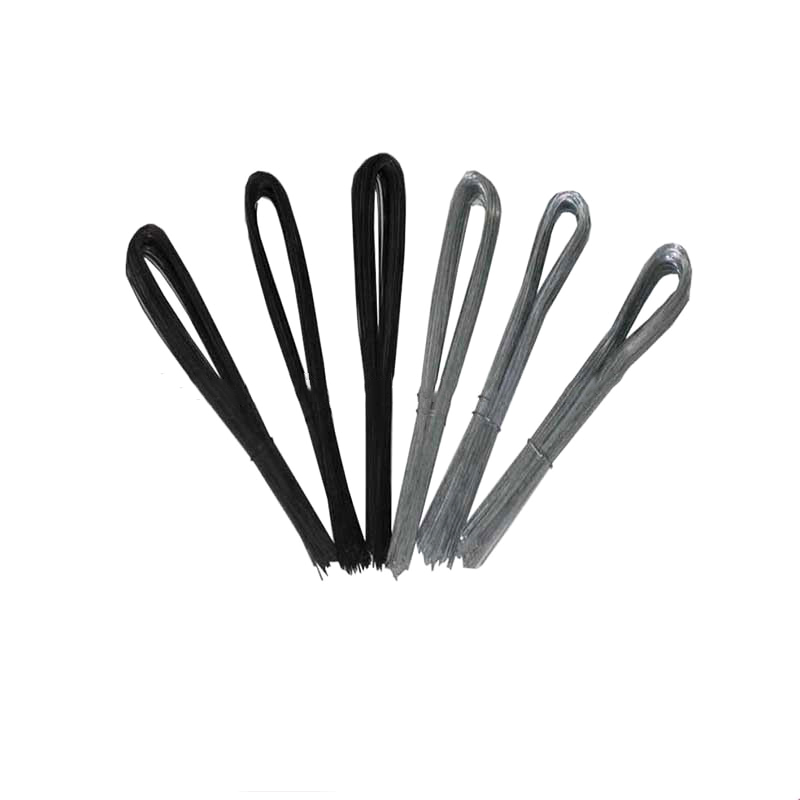
U Type Wire
Product information: Product Name Scaffolding Packing Galvanized Tie Wire Cuttings U Type Binding Wire Material Electro galvanized,hot dipped galvanized,black annealed,PVC coated W […]
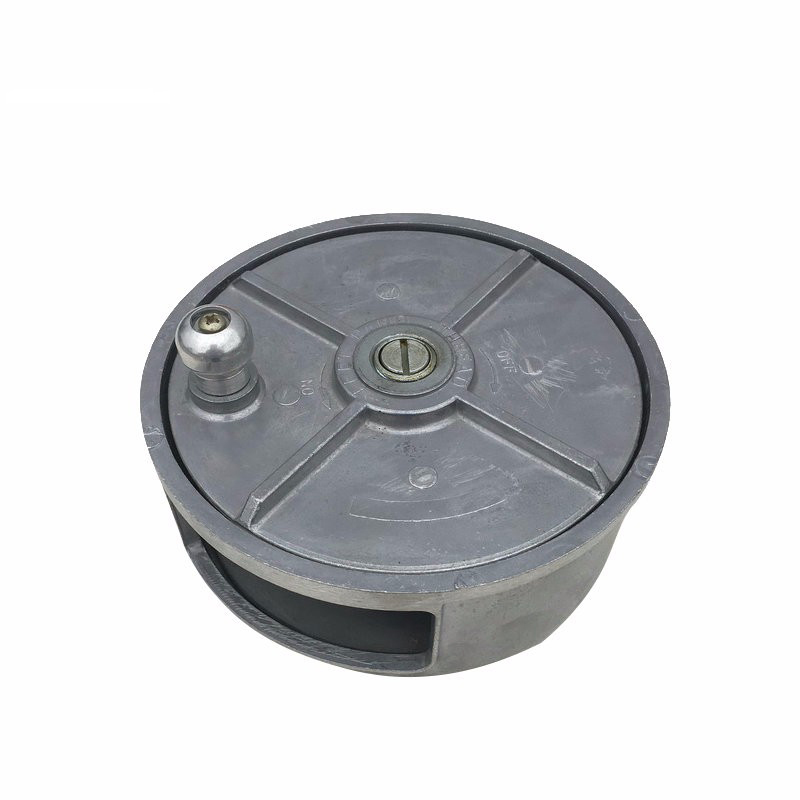
Reel Wire Tool
Product information: Specification of Aluminum Tie Wire Reel Material Plastic & Aluminum Weight 1.95LBS Application Binding Wire MOQ 1000pcs Sample Free Package 5PCS/CARTON &nb […]
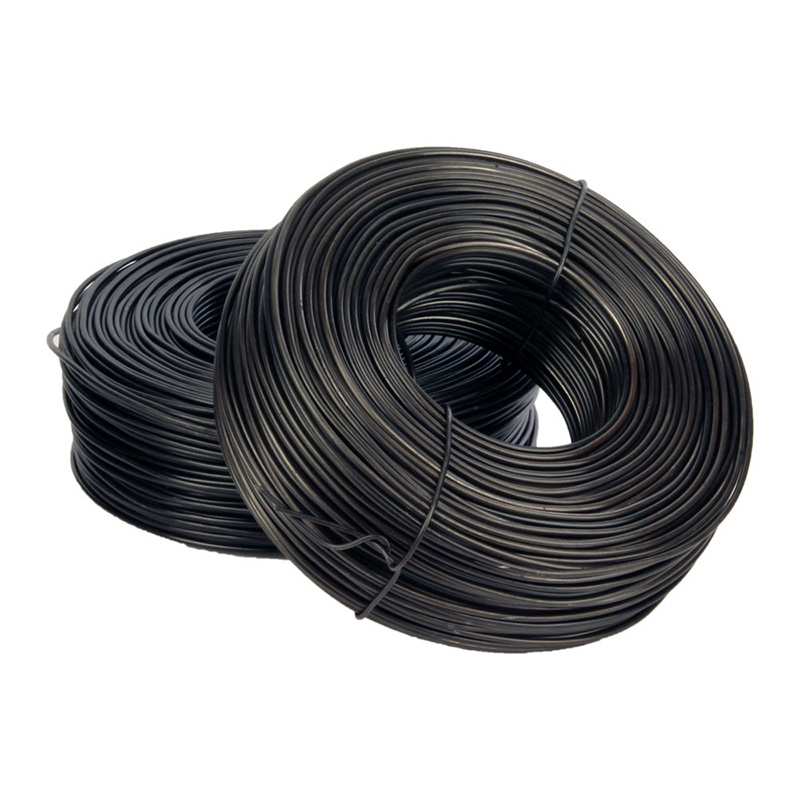
Tie Wire
Production Process of rebar tie wire : Steel rod coil — Wire Drawing — Wire Annealing–Rust Removing–Acid Washing– Boiling– Drying– Zinc Feeding– Wire Coiling. Wires Type 1.Galvaniz […]

Twister Tool
Handle Twister tool,plastic handle: Weight: 0.4kg Color: Black, blue,yellow ,red etc Material: Carbon Steel Plastic Handle Wire Tie / Tying Hook Tool Twister Wooden Handle […]
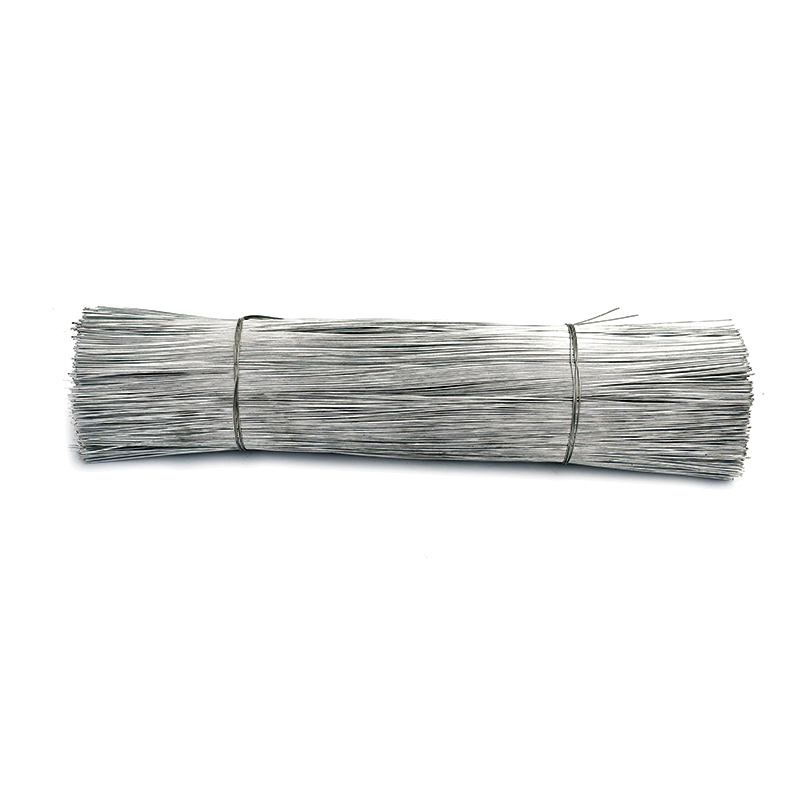
Cutting Wire
Product Description: Product Name Cutting Wire Zinc Coating 30-70g Place of Origin Chinese mainland Tensile Strength 33-50kg/mm2 Material Electro galvanizedHot dipped galvan […]

Black Annealed Wire
Product Description: Product name Black Annealed Wire MOQ: No Material Q195,Q235 Delivery time: 20days after payment Surface annealed or as your request Payment terms: T/T,L/C We […]
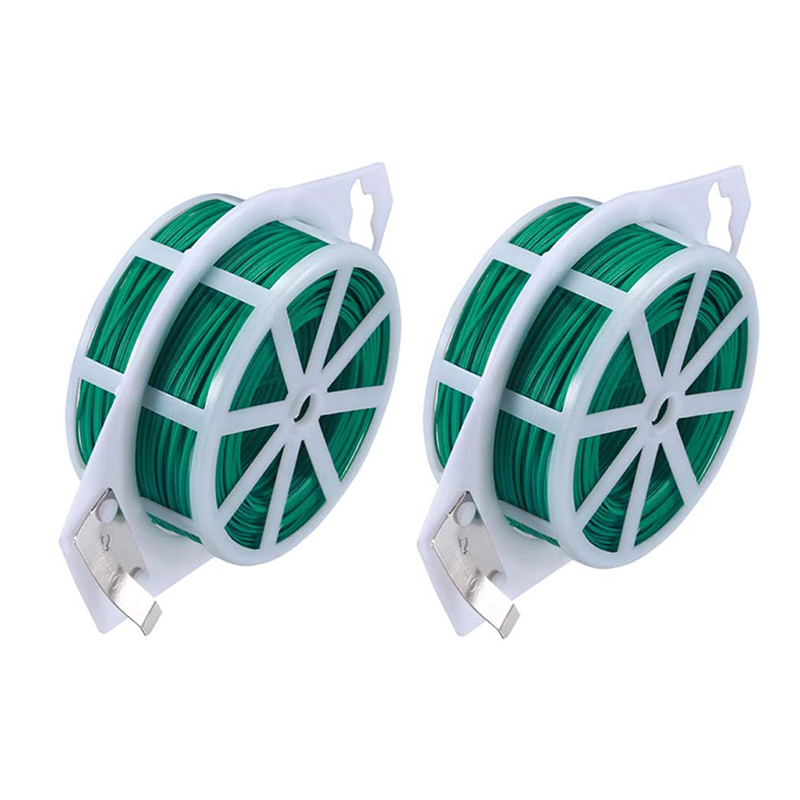
Garden Wire
Product information: The garden shingling is made of pvc plastic and high-quality galvanized iron wire, which is 3 to 4 times faster than any material, and the buckle is loose, the […]
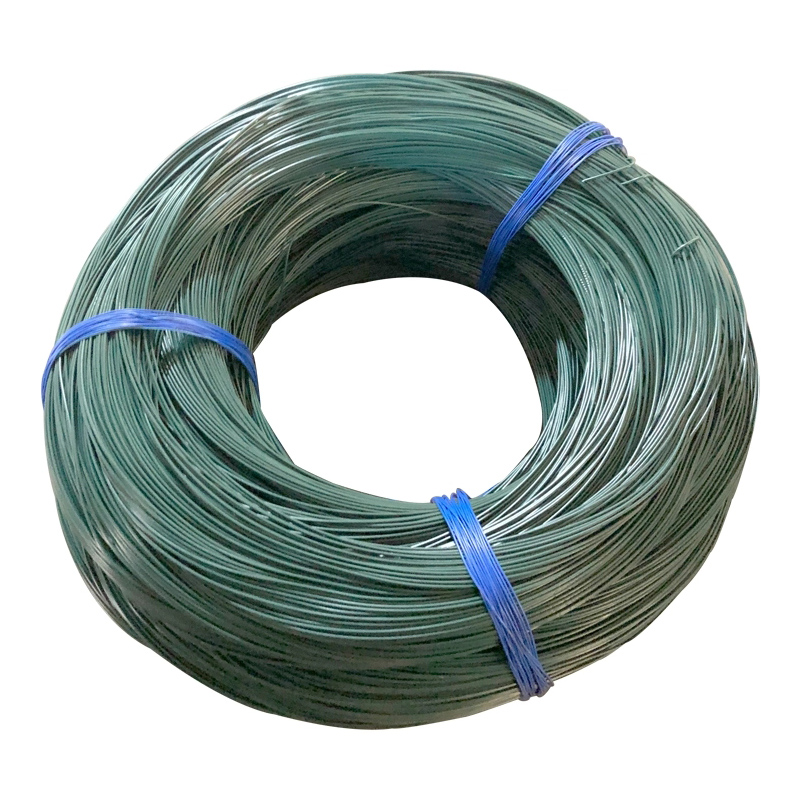
PVC Coated Wire
PVC coated wire, also called plastic coated wire, after high temperature dissolution cooled solid PVC particles uniformly wrapped in high-quality black iron wire and galvanized wi […]
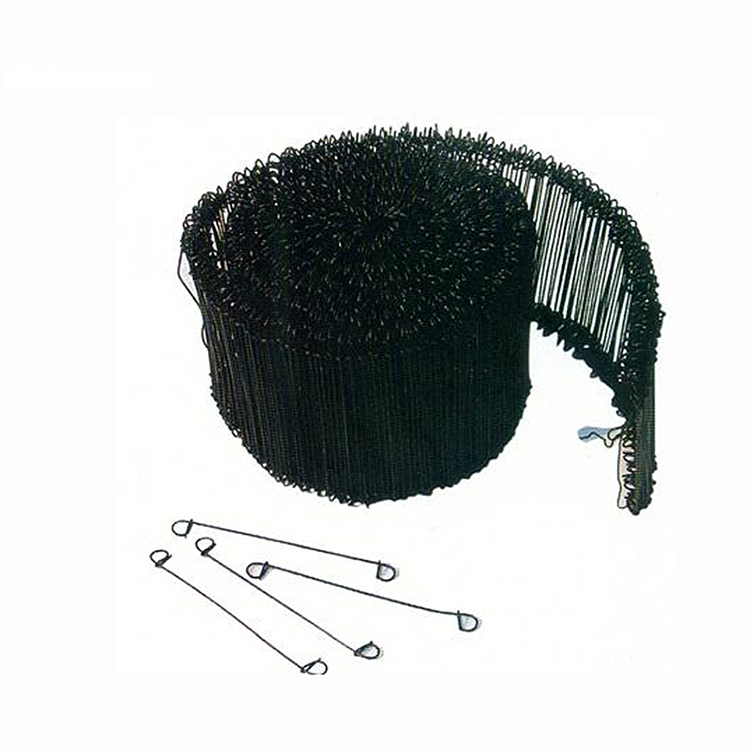
Double Loop Tie Wire
Double loop tie wire material Product Information: Wire diam. 0.5mm—2.0mm Finishes Black Annealed. Galvanized Annealed, Coppered, PVC coated, Stainless steel Wire gauge BWG6 […]
Post time: 2023-06-24
